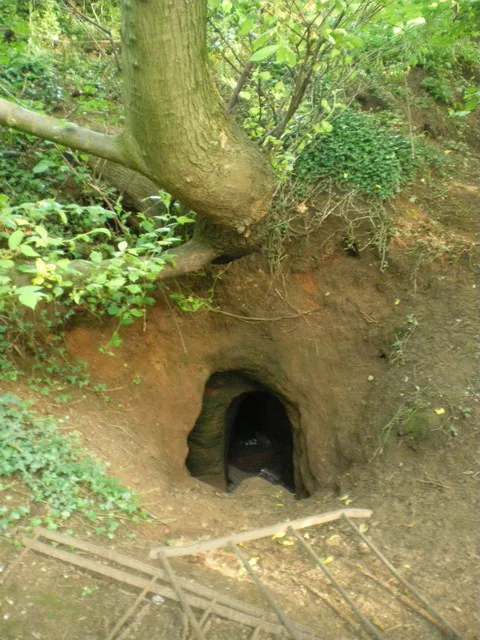The Enigmatic Caynton Caves: History, Mystery, and Modern Misuse
The Caynton Caves, a network of man-made chambers nestled beneath the grounds of Caynton Hall in Shropshire, England, have captured imaginations for years. Shrouded in secrecy and debate, these caves offer a glimpse into the past, while also sparking questions about their true purpose.
Get your dose of History via Email
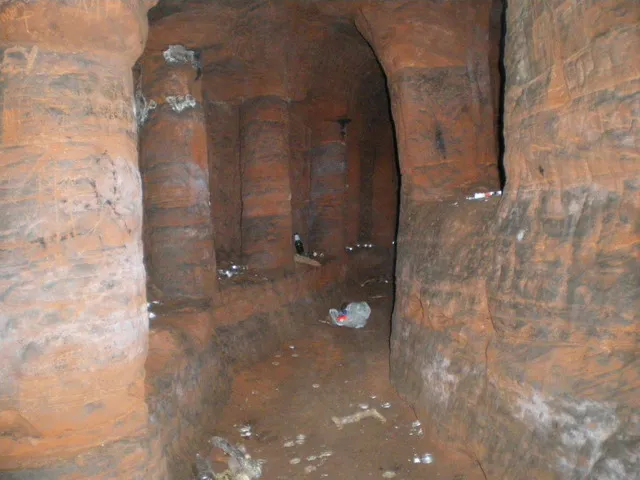
A 19th Century Creation or Something Older?
While most reputable sources agree the caves were constructed sometime in the 19th century, their exact origin story remains a mystery. Some theories propose a much earlier creation date, even suggesting a connection to the Knights Templar, a disbanded medieval military order. However, historian Dan Jones has found no evidence to support this intriguing, yet unsubstantiated, claim.
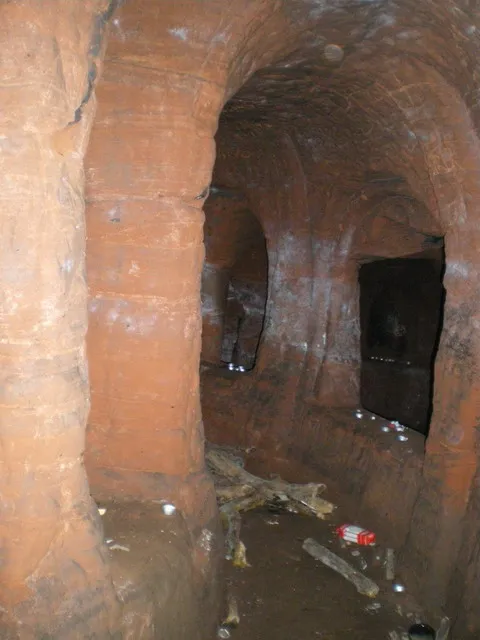
Neo-Romanesque Design Hints at a Purposeful Creation
Stepping inside the Caynton Caves, visitors (if allowed!) would encounter a series of fascinating features. Carved from sandstone, the caves boast neo-Romanesque architecture, with ambulatories (walking spaces), chambers, and archways. Pillars, symbols, and niches, likely intended for candles, add to the atmosphere. Their location, roughly 250 meters west of Caynton Hall beneath private woodland, suggests a deliberate design rather than a natural formation. The most plausible theory suggests the Legge family, who owned Caynton Hall during the mid-19th century, might have constructed the caves as a grotto or a whimsical underground folly.
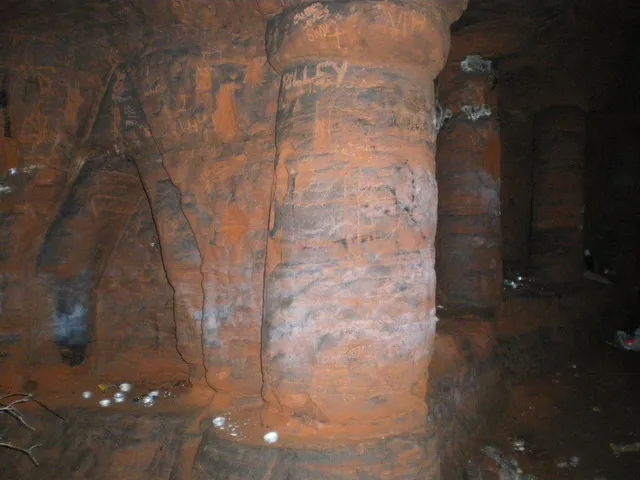
Modern Uses and the Importance of Preservation
While the original purpose of the Caynton Caves remains unclear, their history transcends their creation. Claims exist that the caves were used for informal secret ceremonies and rituals throughout the 1980s. Sadly, due to vandalism, the caves were closed to the public in 2012. Thankfully, they were later reopened, but remain inaccessible due to their location on private land. A photographer’s exploration in 2017 brought the caves back into the public eye, highlighting the importance of preserving such unique historical sites.
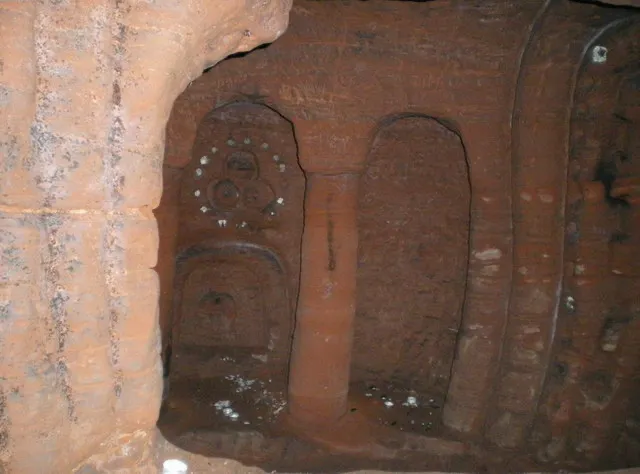
A Legacy of Mystery Endures
The Caynton Caves stand as a testament to human ingenuity and the enduring power of the unknown. Their historical ambiguity fuels speculation, while their neo-Romanesque design hints at a deliberate purpose. Though currently inaccessible, the caves continue to hold a captivating allure for historians and explorers alike. Perhaps, one day, the true story behind their creation will be unearthed, adding another chapter to the rich tapestry of the past.
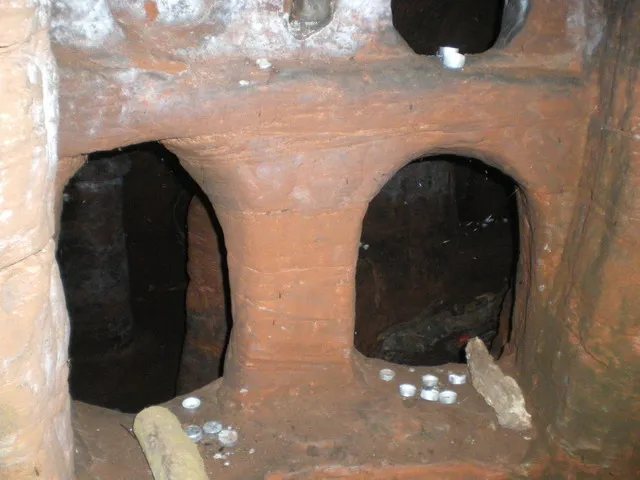
Sources:


